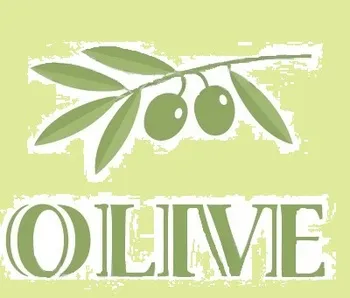Volume 5 Supplement 1
International Society on Brain and Behaviour: 2nd International Congress on Brain and Behaviour
- Oral presentation
- Open access
- Published: 28 February 2006
The primacy of mania
Annals of General Psychiatry volume 5, Article number: S5 (2006) Cite this article
- 3201 Accesses
- Metricsdetails
The cercle of Falret’s Follie Circulaire was constituted by a period of mania, one of melancholia and by an intervalle lucide. Subsequently, circular mood disorders have been the focus of increasing attention and research, but the issue of a possible intrinsic link between the phases of the manic-depressive cycle has never been investigated. The general assumption is that mania and depression are manifestations of two different phases of the same process without questioning whether one of the phases gives rise to the other.
Evidence will be presented suggesting the existence of an intrinsic link between mania and depression; the excitatory processes of mania or hypomania being the primary neurophysiological event and the depression being consequent. The different outcomes according to cycle pattern and data from lithium discontinuation support this idea. Furthermore, all the pharmacological agents used in the prophylaxis of affective disorders have a proven antimanic and prophylactic effect against both mania and depression, while there is little unequivocal support for a direct antidepressant action. Much of the confusion regarding whether or not lithium, antiepileptics and atypical antipsychotics possess antidepressant properties probably arises out of their efficacy in mixed depressive states.
A possible explanation for such a causal relationship between mania and depression could be that excitatory processes are harmful to the nervous system while depression is the psychic expression of this impairment and a period of reparation.
A better approach to prophylaxis should be to prevent the emergence of excitation of any kind, and, if excitation has already risen, to suppress it as soon as possible and to avoid, to the extent possible, the use of antidepressants. The concept of the hypomanic equivalent is introduced.
Author information
Authors and Affiliations
- Centro Lucio, Bini RomaAthanasios Koukopoulos
Rights and permissions
Open Access This article is published under license to BioMed Central Ltd. This is an Open Access article is distributed under the terms of the Creative Commons Attribution 2.0 International License (https://creativecommons.org/licenses/by/2.0), which permits unrestricted use, distribution, and reproduction in any medium, provided the original work is properly cited.
About this article
Cite this article
Koukopoulos, A. The primacy of mania. Ann Gen Psychiatry 5 (Suppl 1), S5 (2006). https://doi.org/10.1186/1744-859X-5-S1-S5
- Published28 February 2006
- DOIhttps://doi.org/10.1186/1744-859X-5-S1-S5
Share this article
Anyone you share the following link with will be able to read this content:Get shareable link
Provided by the Springer Nature SharedIt content-sharing initiative
Keywords
口頭発表 – オープンアクセス
躁病の優位性 アサナシオス・コウコポロス* アドレス: ローマ ルチオ・ビニ センター
ファルレの循環性躁うつ病の輪は、躁病の期間、メランコリーの期間、そしてルシッドな間隔で構成されていました。その後、循環性気分障害は増大する注目と研究の焦点となりましたが、躁うつサイクルの各段階間の内在的なリンクの可能性については調査されたことがありません。一般的な前提は、躁病と抑うつは同じ過程の異なる段階の現れであり、一方の段階が他方の段階を引き起こすかどうかについては問いません。
躁病または軽躁病の興奮性プロセスが一次的な神経生理学的イベントであり、抑うつがその結果であるという内在的なリンクの存在を示唆する証拠が提示されます。サイクルパターンに応じた異なる結果とリチウム中止データがこの考えを支持しています。さらに、感情障害の予防に使用されるすべての薬理学的剤は、躁病と抑うつの両方に対する予防効果を持っていることが証明されている一方で、直接的な抗うつ作用を持つという明確な支持はほとんどありません。リチウム、抗てんかん薬、および非定型抗精神病薬が抗うつ特性を持つかどうかに関する混乱の多くは、おそらくこれらが混合抑うつ状態において有効であるという事実から生じているのでしょう。
躁病と抑うつの因果関係に対する可能な説明としては、興奮性プロセスが神経系に有害であり、抑うつはこの損傷の精神的表現であり、修復の期間であるということが挙げられます。予防のより良いアプローチは、あらゆる種類の興奮の出現を防ぎ、すでに興奮が生じている場合にはそれをできるだけ早く抑制し、可能な限り抗うつ薬の使用を避けることです。軽躁病の同等概念が導入されます。

